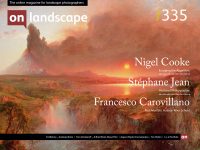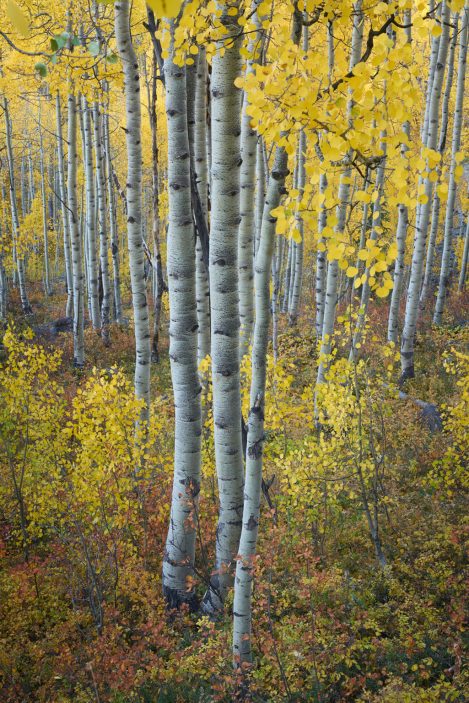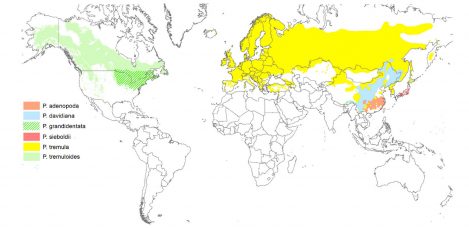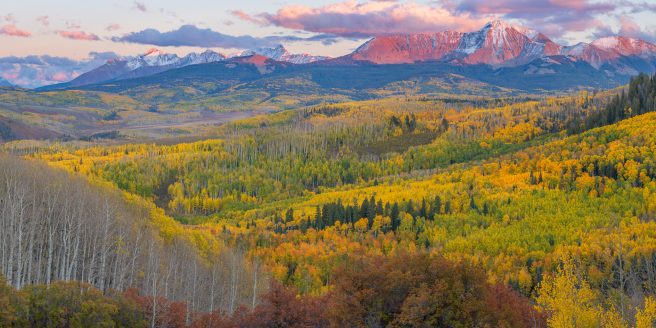Clone Wars Pando-monium Leaves the Forest Quaking

Tim Parkin
Tim Parkin is a British landscape photographer, writer, and editor best known as the co-founder of On Landscape magazine, where he explores the art and practice of photographing the natural world. His work is thoughtful and carefully crafted, often focusing on subtle details and quiet moments in the landscape rather than dramatic vistas. Alongside his photography and writing, he co-founded the Natural Landscape Photography Awards, serves as a judge for other international competitions. Through all these projects, Parkin has become a respected and influential voice in contemporary landscape photography.
The leaves of the aspen flutter,Traditional mountain verse
though the air be still as glass;
they speak in a voice of silver,
to the meadow and the pass.
The aspen leaves tremble delicately,John Muir (Our National Parks)
giving off a sound as of tiny bells.
The aspen is a real treasure of a tree species from North America. I should be more specific and say that quaking aspen (Populus tremuloides) is the real treasure, as although we have aspen across Europe, it is the European Aspen (Populus tremula) species and doesn't have the same visual impact. (There are also aspen in Asia, different species in Korea and China, which I will mention briefly later.)
For most of the article, I will be talking about the US version as that is the one with the paper-white bark marked by the characteristic black ‘staring eye’. I asked Matt Payne and Joe Cornish for aspen photos for this article, and they kindly provided a few that you will find throughout the article.
As the Latin name suggests, aspen is a form of poplar, of which there are many types around the world, from the chunky white poplar to the tall black poplar. The other famous poplar is the cottonwood, another landscape photographer's favourite.
Poplar tends to prefer waterways and floodplains at lower elevations and are characterised by grey or green bark. In contrast, the quaking aspen is very different and exhibits an unusual tolerance for diverse conditions. It also has a pure white bark that stands out against darker forest, and the flattened stems (petioles) of its waxy leaves allow them to clatter together in the wind. The sound is extraordinary, as if the whole tree were murmuring to itself.




